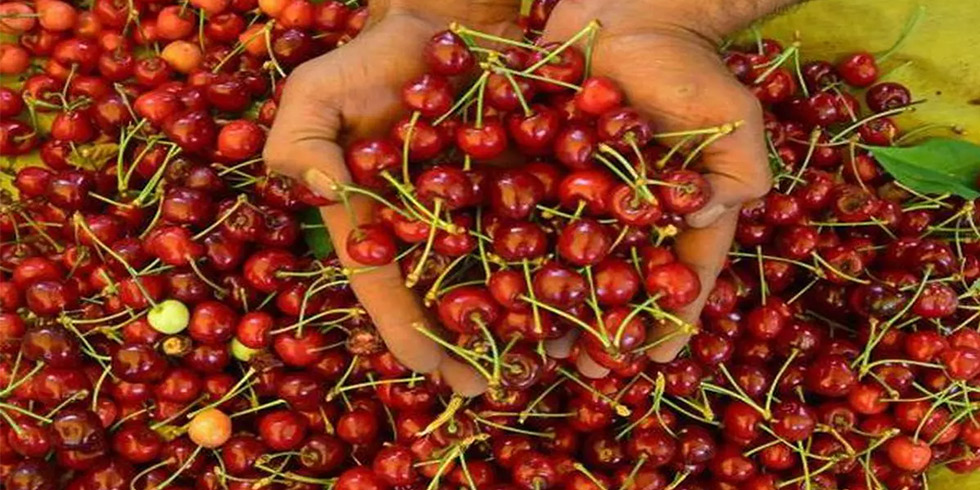Those attempting to calculate the likely cost of shipping grain by sea over the coming year would be wise to watch India, but not because the sub-continent has suddenly become a major player in international grain markets. Rather, because the resumption of Indian iron ore exports is likely to be a deciding factor in the supply-demand balance — and therefore charter price — of the panamax, supramax and handymax vessels that meet the needs of most grain traders.
Back in 2009-10, India exported some 117 million tonnes of iron ore, much of it shipped to China’s steel mills. But iron ore mining bans in the largest iron ore producing states of Goa, Odisha and Karnatka over 2012-16 saw exports slump to just 4 million tonnes in 2015, according to Drewry. Yet restrictions on mining and exports gradually have been removed and volumes have been building.
India’s iron ore exports increased to 21 million tonnes last year and in 2017 growth has accelerated again — some 12 million tonnes was exported in the first quarter suggesting annual volumes will likely surpass 40 million tonnes this year.
Due to port restrictions, most iron ore bulk exports from India are loaded on panamax, supramax and handymax vessels rather than the capesize vessels that dominate the iron ore business from Australia and Brazil.
“Iron ore exports from India support freight rates for these vessels sizes, especially in the third quarter when grain exports will also peak,” said Rahul Sharan, lead research analyst at Drewry.
Owners desperate for ore and grain boost
Certainly, an increase in iron ore and grain exports later this year will be welcomed by bulk carrier owners and operators. The Baltic Dry Index, still the most reliable measure of bulk carrier shipping prices, dropped below 700 in February. Yet, since then it has remained above or near to the 1,000 mark, with sub-indexes for each of the vessel classes largely following its lead.
Although, according to analyst consensus, spot freight rates are still not high enough to enable all owners and operators to consistently turn a profit, this year’s BDI performance represents a major improvement versus 2016 when the Index spent much of the first quarter below 500 and only broke through the 1,000 barrier in November.
The BDI’s gains so far this year have been reflected in the International Grain Council’s Grain Freight Index: on June 6, the price of shipping a tonne of grain from Brazil to the E.U. was $23 per tonne, up 10% year-on-year; the cost on the USA Gulf-E.U. trade was $22 per tonne, up 47% compared to a year earlier; while the price of shipping a tonne of grain from the USA Gulf to Japan cost an average of $34 per tonne, up 26% year on year.
Rates find 'new normal'
Speaking earlier this year, John d’Ancona, divisional director for dry bulk analysis at Clarksons Platou Asia, predicted that the higher ocean freight rates experienced at the start of 2017 were part of a new normal. He said shippers should expect ocean freight rates to remain volatile, but predicted they would generally be higher through 2017 than in 2016 as vessel supply and demand converged, a trend that meant “freight has suddenly become interesting again,” at least for investors and vessel owners.
After the “worst shipping market ever at the start of 2016,” he said “rates should stay supported through 2017 relative to 2016,” adding that there was now support for freight rates across numerous dry bulk commodities.
“This improvement in commodity support is helping freight, as is improved infrastructure demand and healthy bulk trades led by grains in some markets,” he added. “A lot will depend on sentiment, but a lot of people in the market want to see higher rates. They’ve had enough. No one knows for sure what will happen but always keep an eye on dry bulk market sentiment.”
Sharan also said it was likely freight markets would trend upward. Drewry expects high demolition activity and low newbuilding deliveries to mean that growth of the bulk carrier fleet will slow to an annual rate of 1% over the next five years. By contrast, tonne-mile demand will grow at a faster pace of around 3% per annum. Sharan said that as supply and demand became more balanced over the forecast years, charter rates were expected to improve gradually.
“I think we have come out of the worst phase of dry bulk shipping,” he told World Grain. “We should see rates moving up from here, though gradually.”
However, he argued that the lack of consolidation via mergers and acquisitions in the bulk shipping market compared to other shipping segments would prevent any extended rates surge based on owner cooperation as vessel supply and demand drew closer together.
“The dry bulk shipping market is very fragmented, very unlike the container industry,” he added. “It is very difficult for owners to come together and follow any course of action. It is very demand-dependent.”
He also took a different view than many of his peers when examining the types of factors that would impact on owner behavior in the current market.
“I have a contrary view,” he said. “I think we will see less lay-ups from now onwards. However, scrapping will be decided by the impact of regulations such as those governing ballast water management systems and SOx/NOx emissions over the next few years.
“As rates improve, normally we should see a decrease in scrapping, but the regulations might keep scrapping high.”








Add Comment